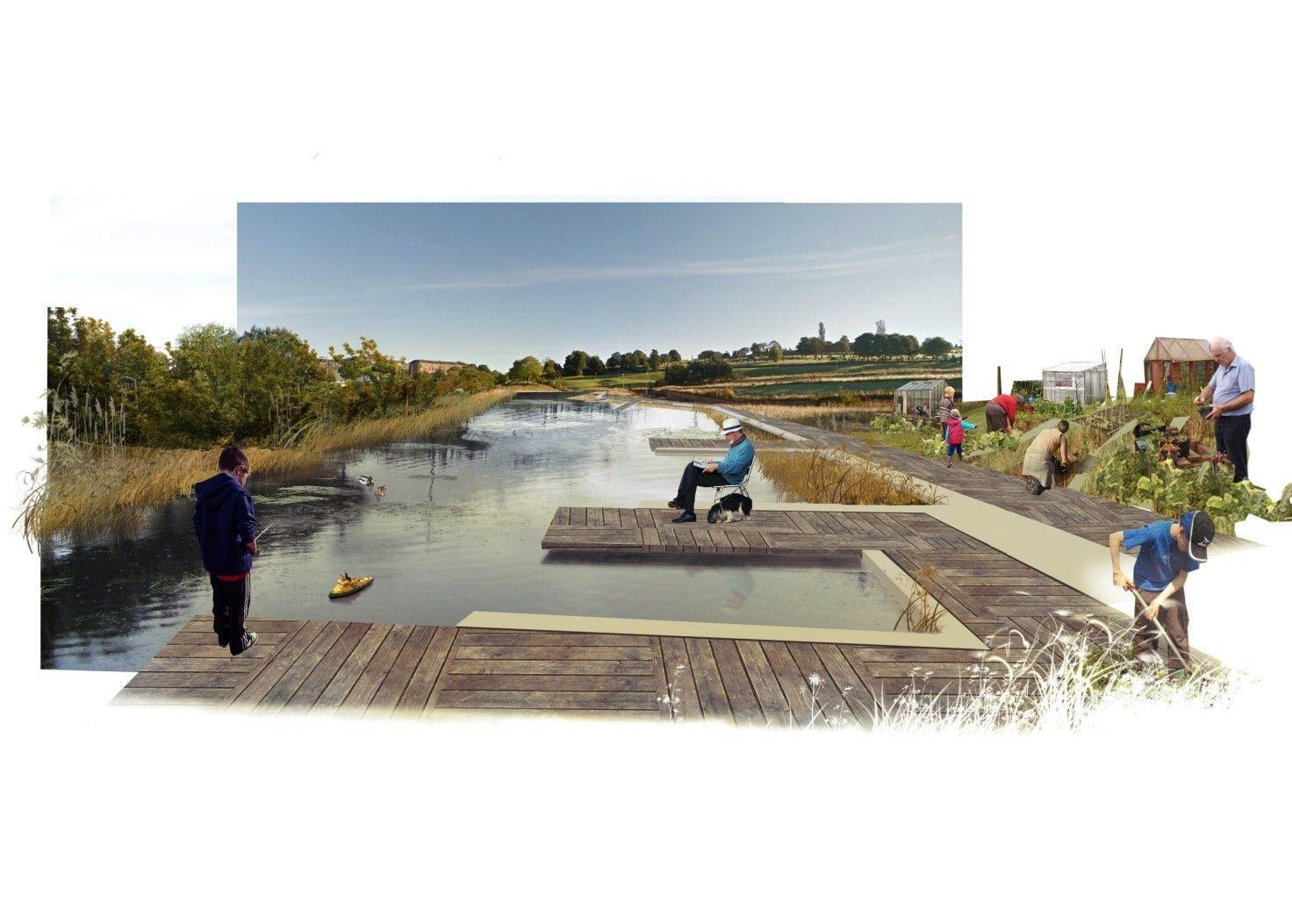
Designing Europe’s first ever ‘smart canal’ to mitigate Glasgow flood risk
The North Glasgow Integrated Water Management System (NGIWMS), ’Glasgow’s Smart Canal‘, has created a pioneering drainage system, incorporating the historic Forth and Clyde Canal to provide one of the first autonomous, dynamically managed surface water systems in the world.

The new system is supporting the regeneration of an area in North Glasgow similar in size to the city center at 260ha, enabling the development of over 3000 new homes. This area would otherwise be landlocked due to lack of surface water drainage.
At the same time, the scheme also provides water quality management, habitat improvement along with place creation and business opportunities for local communities. This approach has also delivered significant cost and CO2 savings in comparison to traditional engineering solutions. The concept and control philosophy of the system is relatively simple, and the design and installation of the infrastructure for this canal system has been straightforward. The innovation is in the programming of the live hydrodynamic model to provide an intelligent, dynamic water management system.
The system uses forecast rainfall data to predict the storage required and automatically lower canal water levels using actuated sluice gates in advance of a storm event. This provides storage to accept stormwater runoff from development areas which returns the canal to its normal level by the end of a storm. The control of the canal water level balances a number of conflicting factors including minimizing water wastage, maintaining navigability and forecast accuracy.
The scheme demonstrates how state-of-the-art technology, combined with the heritage of the 250-year-old canal, surpasses traditional drainage solutions. The solution has benefitted the community in terms of cost savings, opportunities for ‘spin-off’ industries, climate change adaptation, biodiversity and reduced environmental impact.